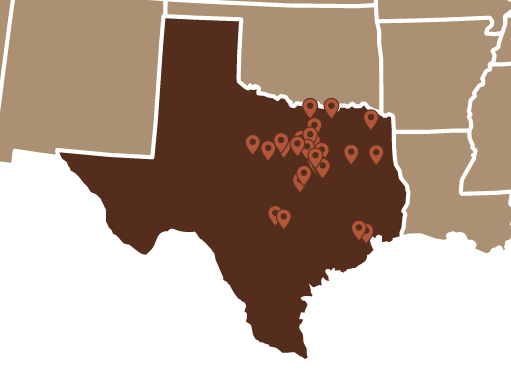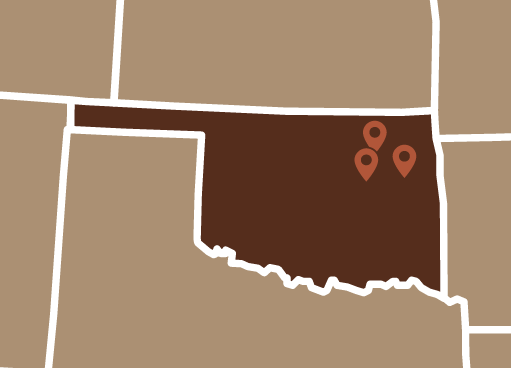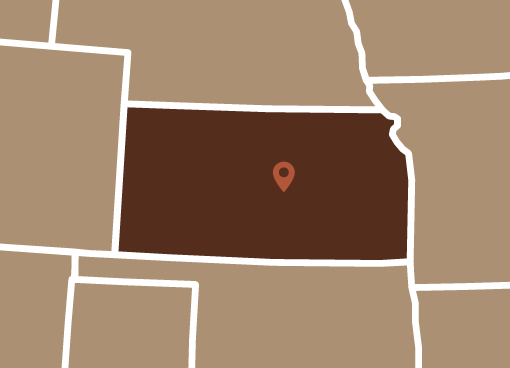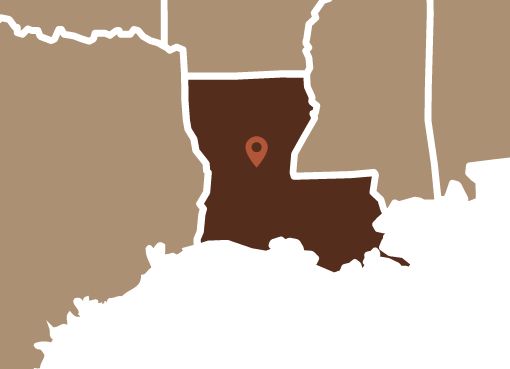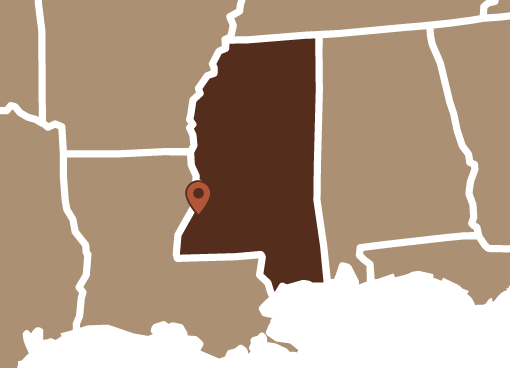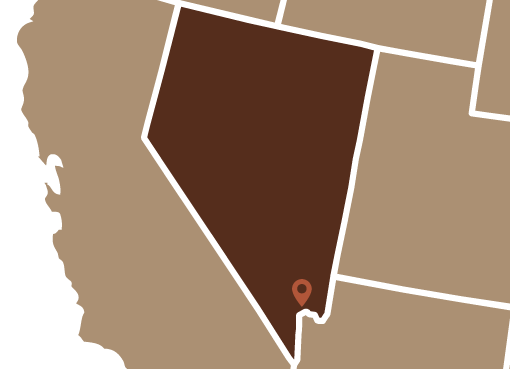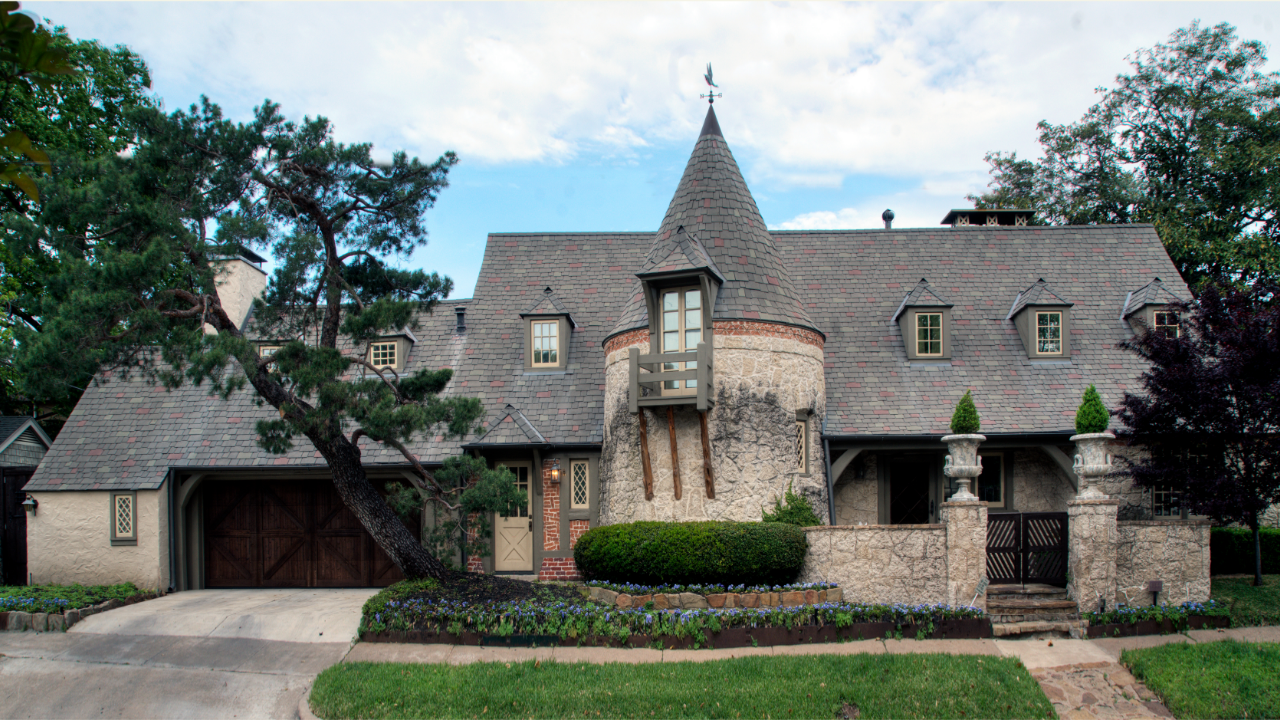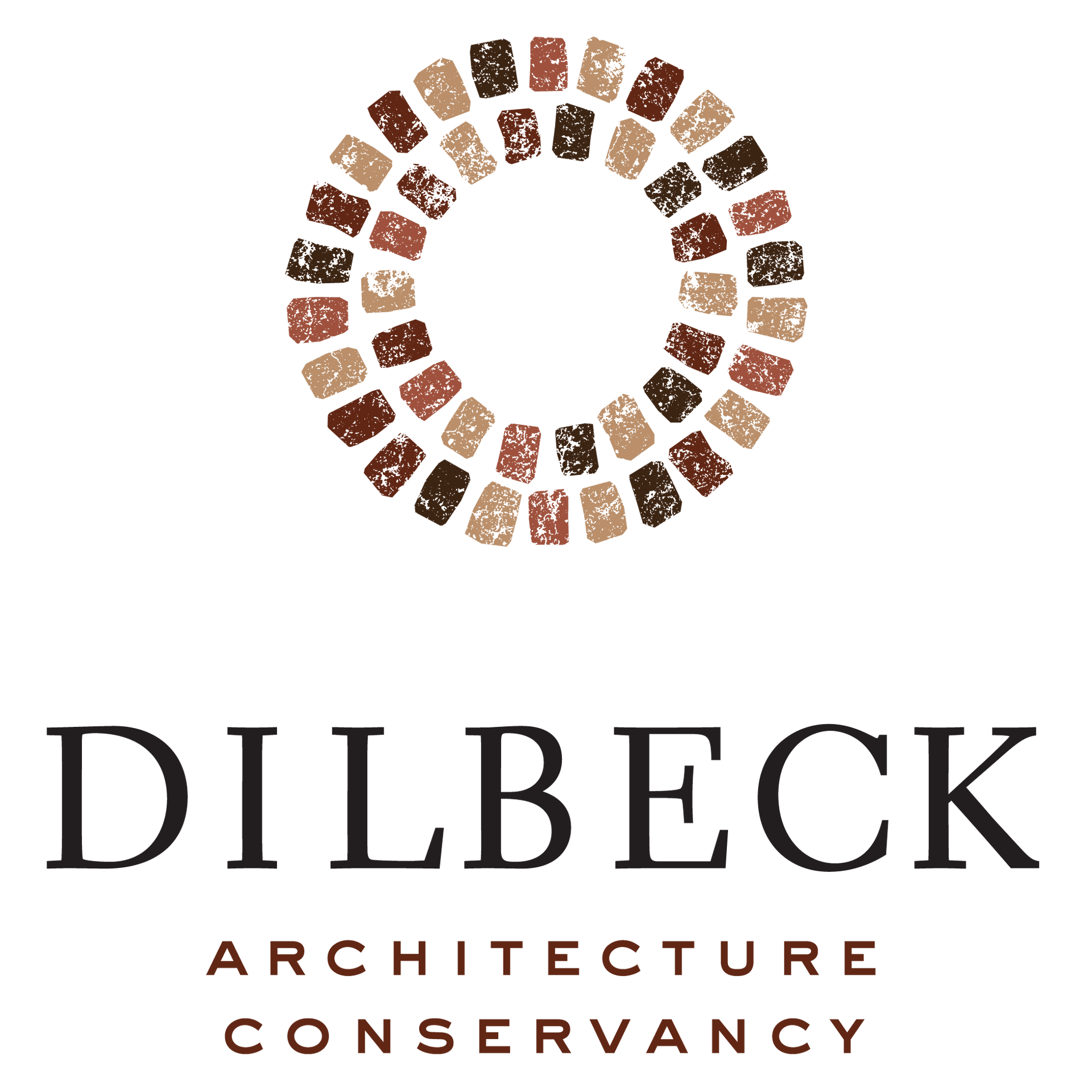Map of Built Work
Charles Stevens Dilbeck designed more than 500 residences and commercial buildings during his career. Opening his practice in Tulsa, Oklahoma in the late 1920s, Dilbeck built more than 180 homes there before moving to Dallas, Texas in 1932 where he continued his career until retirement. Throughout that time, Dilbeck also designed residences and commercial properties in multiple other states, including New Mexico, Colorado, Kansas, Louisiana, Missouri and Tennessee, and potentially in other countries such as Mexico and Canada. The map below represents the number of properties currently on record as being designed or attributed to Dilbeck and is a work in progress.
Do you think you know of a Dilbeck in another state or country, or do you think you have a Dilbeck property? We'd love to hear from you. Contact us.
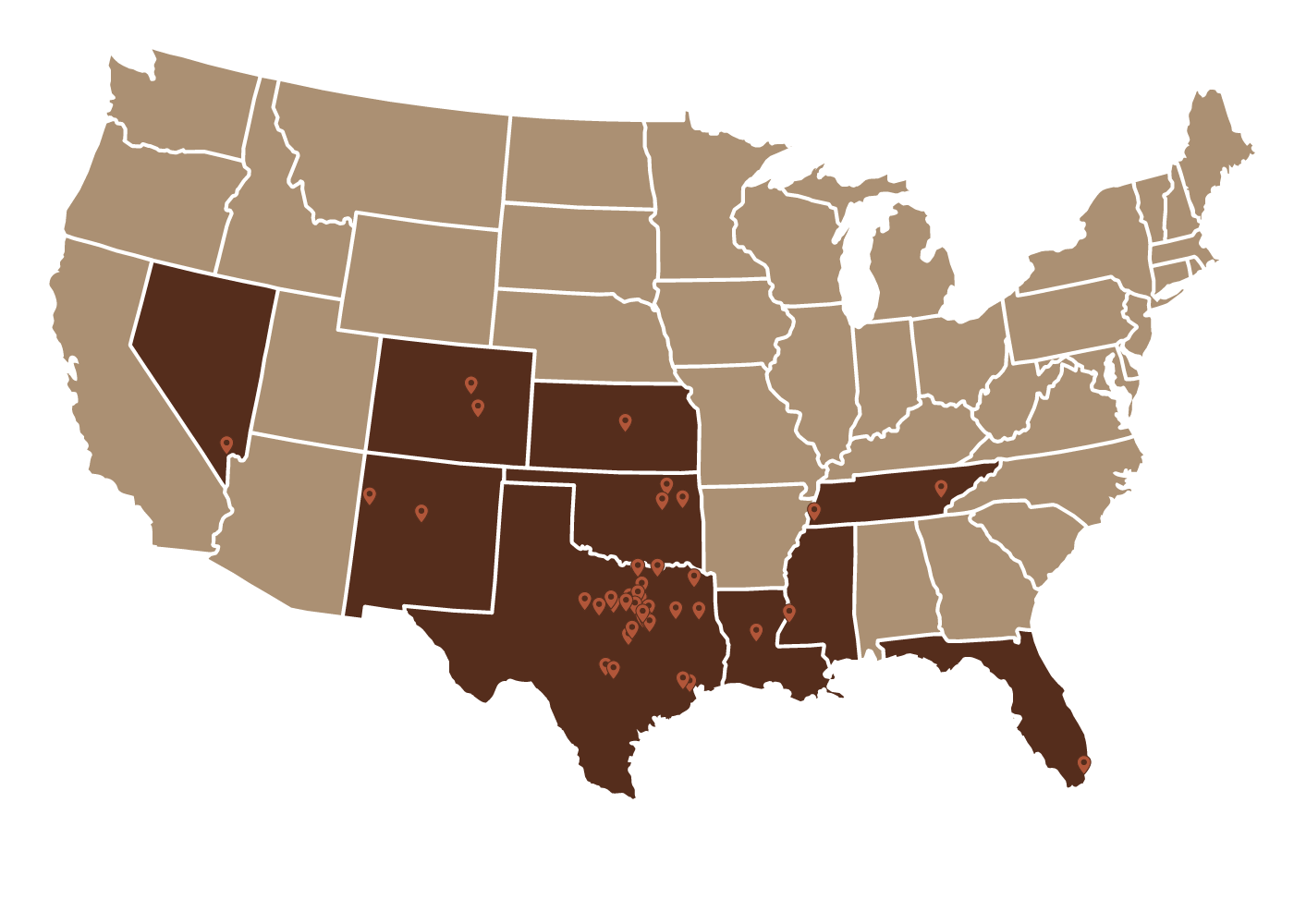
What Makes a Dilbeck?
It is almost impossible to offer a standard “recipe” for typical Dilbeck houses and other buildings due to the wide range of their architectural styles (primarily French Norman and Ranch, but also Colonial Revival and Moderne) as well as their size (ranging from small, compact cottages to the most elaborate, sprawling estates). However, here are a few clues to search for if you believe you have found a potential house designed by Charles Stevens Dilbeck:
DO YOU THINK YOU HAVE A DILBECK?
Dilbeck in Detail
Lobello Residence
ButtonMeeker Residence
Morse Cottage
ButtonDealey Residence
ButtonStories and news
In our mission to support the preservation of Charles Dilbeck’s work, we are actively searching for homes that may require saving, are currently listed for sale, or that have been found by enthusiasts.

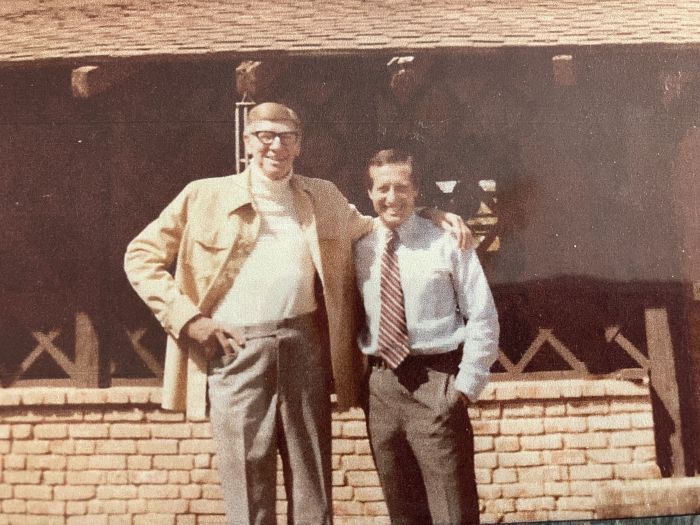
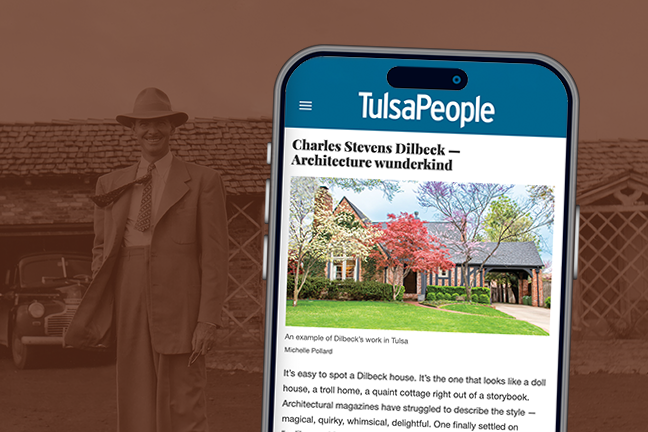
STAY UPDATED ON ALL THINGS DILBECK!
Subscribe to receive emails about upcoming events, properties for sale and special announcements.

